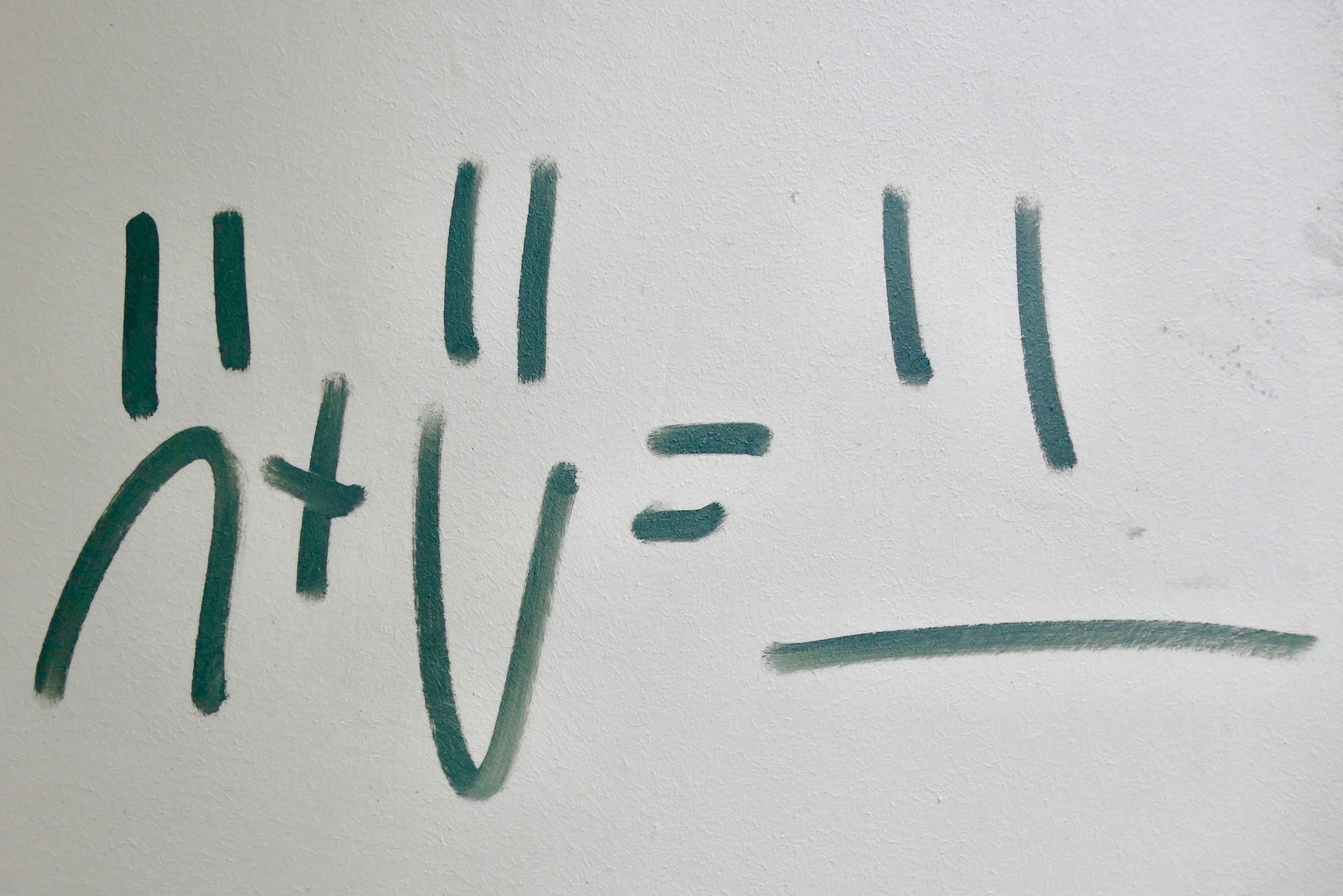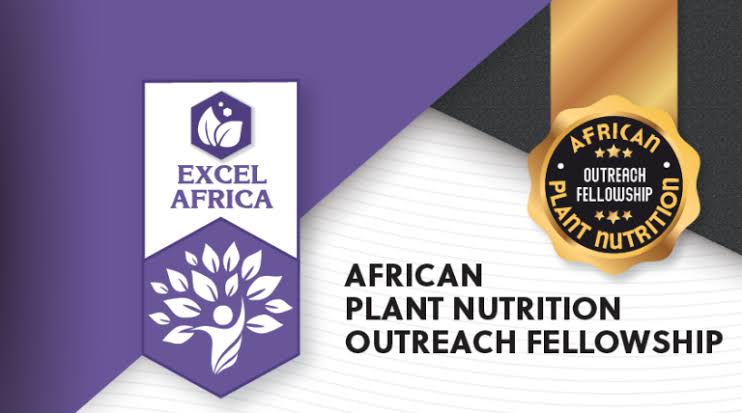In the words of George Polya, “To understand Math means to be able to do math (solve mathematical problems)”.
Right from learning elementary Mathematics, students are majorly subjected to learning how to perform mathematical procedures which enables students to find answers to problems according to set rules.
Solving tons of questions in textbooks without being able to apply what is being learnt in real life situations has shown the lack of “Conceptual Understanding”.
While it is great having good procedural understanding, “these mathematical procedures are much like recipes that efficiency experts have developed to enable people to go straight to specific kinds of answers when confronted with particular kinds of well-defined problems”.
Conceptual Understanding and Procedural Fluency are parts of the 5 Strands of Mathematical Proficiency. The others are Strategic Competence, Adaptive Reasoning and Productive Disposition.
Conceptual understanding: comprehension of mathematical concepts, operations, and relations
Procedural fluency: skill in carrying out procedures flexibly, accurately, efficiently, and appropriately.
Strategic competence: ability to formulate, represent, and solve mathematical problems.
Adaptive reasoning: capacity for logical thought, reflection, explanation and justification.
Productive disposition: seeing mathematics as sensible, useful, and worthwhile, coupled with a belief in diligence and one’s own efficacy.
Mathematical Proficiency is dependent on the ability to competently apply the five strands.
How much do students understand mathematical concept?!
The ability of a student to comprehend the mathematical rules that govern operations is referred to as conceptual understanding. Mathematically proficient students are less prone to commit procedural errors.
If students have the chance to practice math topics in a variety of methods, they will develop deeper connections to those concepts. Math should be taught to students utilizing practical examples, tangible resources, visual representations, written symbols, and verbal symbols. Verbal symbols describe a student’s capacity to explain their approach to solving an issue.
The foundation of mathematical proficiency is laid during the introduction of the basic mathematics concepts – Numeration, Addition, Subtraction, Multiplication and Division.
| + | Addition, Add, Sum, Plus, Increase, Total |
| − | Subtraction, Subtract, Minus, Less, Difference, Decrease, Take Away, Deduct |
| × | Multiplication, Multiply, Product, By, Times, Lots Of |
| ÷ | Division, Divide, Quotient, Goes Into, How Many Times |
Some simple definitions of these concepts:
Addition: bringing two or more numbers (or things) together to make a new number.
Subtraction: taking one number away from another.
Multiplication: repeated addition.
Division: splitting into equal parts or groups.
I decided to include “Numeration” as part of the basic mathematics concepts as it is so crucial in understanding how to count, number and value.
Writing numbers in words and figures also has its importance.
2,222 is written in words as two thousand, two hundred and twenty-two.
While there are four twos in the number (this statement can also be analyzed), each “2” has different value – thereby talking about “Place Value”.
2 Thousands = 2 x 1000
2 Hundreds = 2 x 100
2 Tens = 2 x 10
2 Units = 2 x 1
(2×1000) + (2×100) + (2×10) + (2×1) = 2,000 + 200 + 20 + 2 = 2,222
Carefully observe the introduction of multiplication of addition in explaining place value while dealing with numeration.
Beyond having the procedural knowledge of writing numbers in words or figures and knowing the place value of each digit, the conceptual knowledge has been established hence the student can easily breakdown numbers and analyze each digit efficiently.
In dealing with the basics, it is very important to explain the concepts in multiple ways to enhance flexibility instead of depending on rote memorization.
I remember how much “Almighty Formula” gave me pain all in the process of trying to “cram” it – without knowing exactly what to do with it!
There is mathematics all around us and it takes a great level of conceptual understanding to apply all that has been learnt in the classrooms to real life situations.
Discounts, profit and loss, percentages, interests, area, perimeter, circumference, angle of elevation and depression, fraction, ratio, probability… Feel free to add to the list, all of the listed areas are applicable in our day-to-day activities.
HOW/WHEN DO WE APPLY ALL THE TOPICS?
In subsequent series, I’ll be sharing the applications of some of these topics in our day-to-day activities.












